8 inch medium test, BMS vs 18Sound vs B&C
The 8" Mid
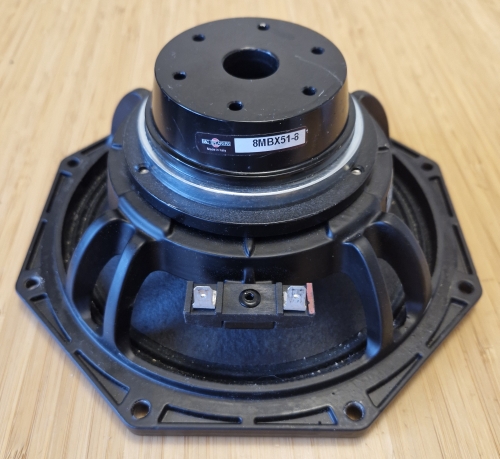
We will test several 8/9.5" midrange drivers in this article:
- 18Sound 8NMB420
- B&C 8MBX51
- BMS 8S219
We will measure distortion with and without a 1.2mH air core inductor, to reduce the driver breakup impact on distortions when possible, as seen in speaker breakup article.
In essence: We use Back Electromotive Force principle with an air core inductor that will increase gradually the impedance, affecting the voice coil, and replace some EQ to linearize the woofer in the same time, it works very well if the woofer is already rising up in his final box.
It will reduce a lot H3 and H5 distortion related to breakup.
Distortion measurements are still done in the same condition, all drivers are EQ flat to be compared : The SPL is the same on all the bandwidth, for all drivers, with and without air core inductor, the difference with and without air core inductor is not due to SPL but to Back Electromotive Force principle, as explained in our dedicated article.
Raw Response 2.84V/1m
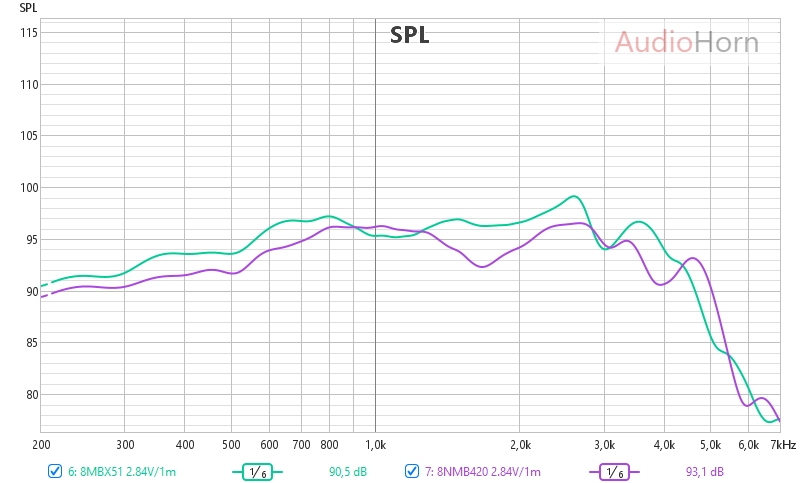
Distortion
All measurements have been done at strictly the same SPL, 95 dB SPL, and with EQ flat across all the measured bandwidth.
For these cone drivers with similar emissive surfaces (Sd), the main source of distortion will be the breakup effect. Therefore, we should carefully examine H3 and H5.
H3

H5
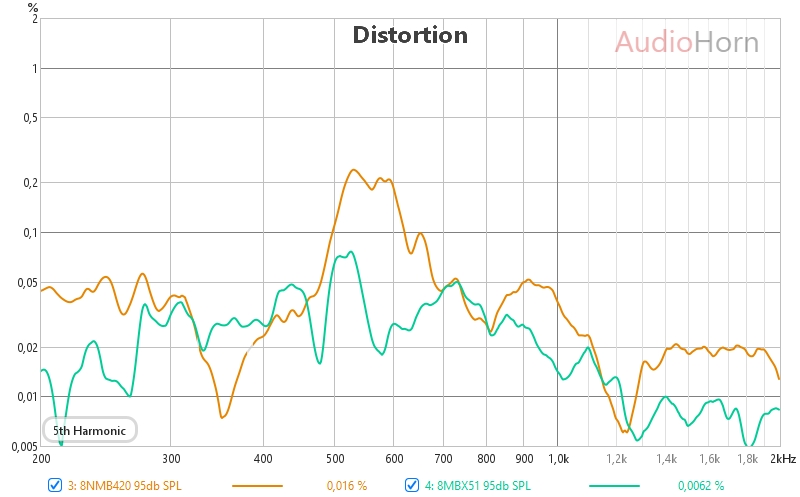
All perform well in H3 but should no be cut so high even if they are midrange drivers. There is a strange peak in H3 for the BMS 8S219.
There is a peak in the H5 measurement for the 18Sound unit, indicating an unwanted sound frequencies around 2500/2700Hz produced. It’s related to breakup, this H5 peak is a little bit too high.
Distortion with Air core inductor
H3
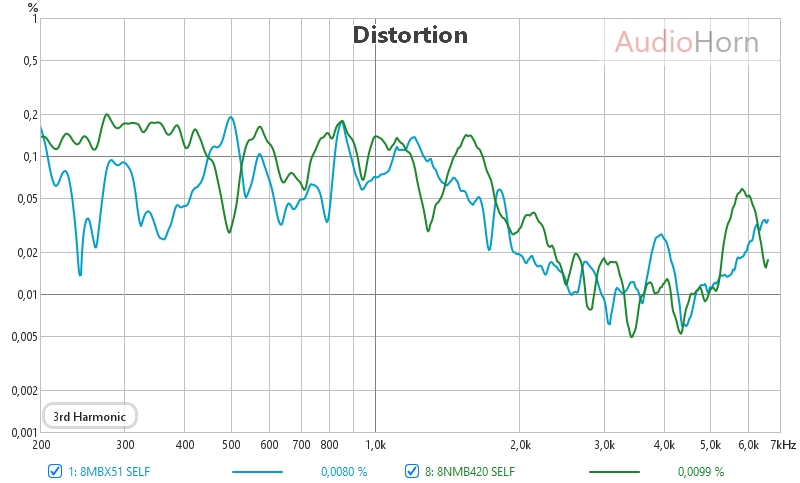
H5
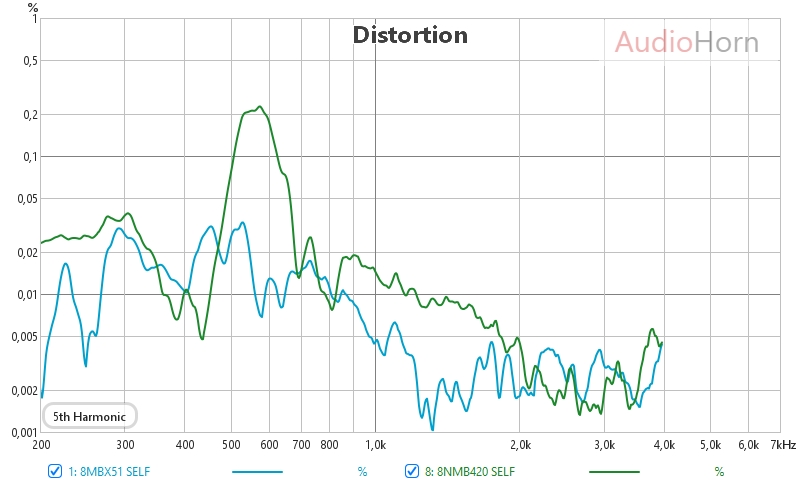
As these speakers exhibit a significant rise in their frequency response, they demonstrate a substantial improvement in H3, making them very suitable for ’true midrange’ applications. However, the H5 peak remains present in the 18S model as well of the H3 spade for the BMS.
Time-domain measurement
As always, there’s nothing to see in the time domain if we stay away from breakup:
18Sound 8NMB420
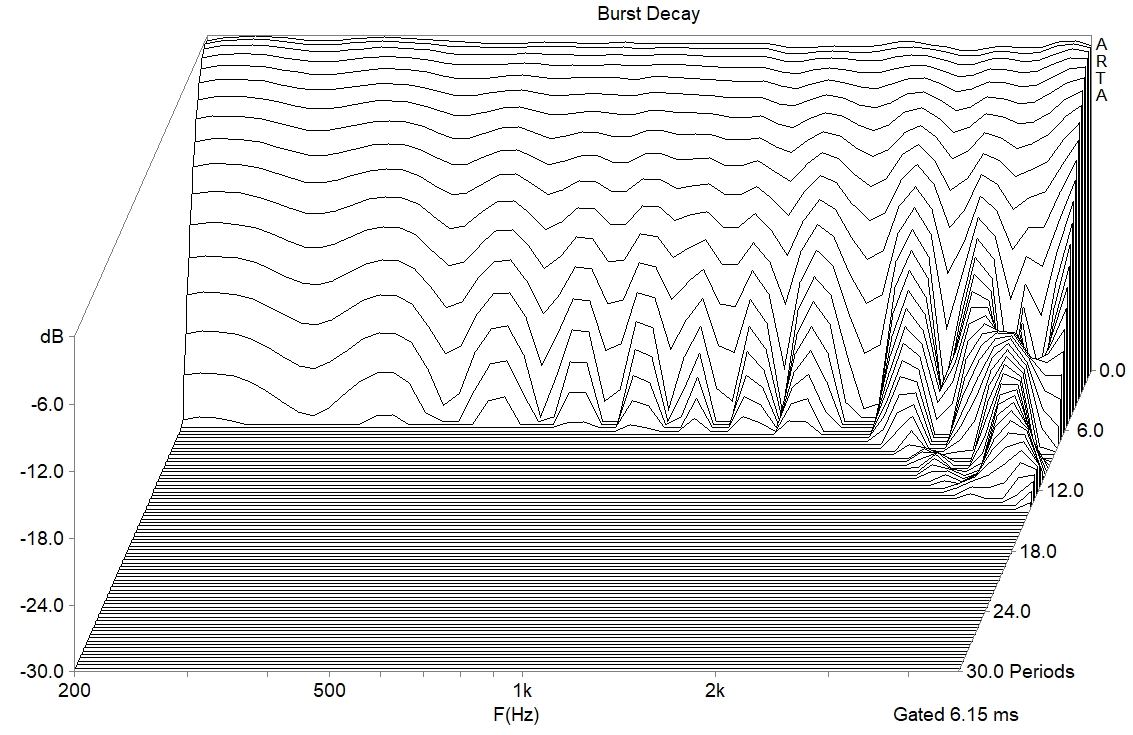
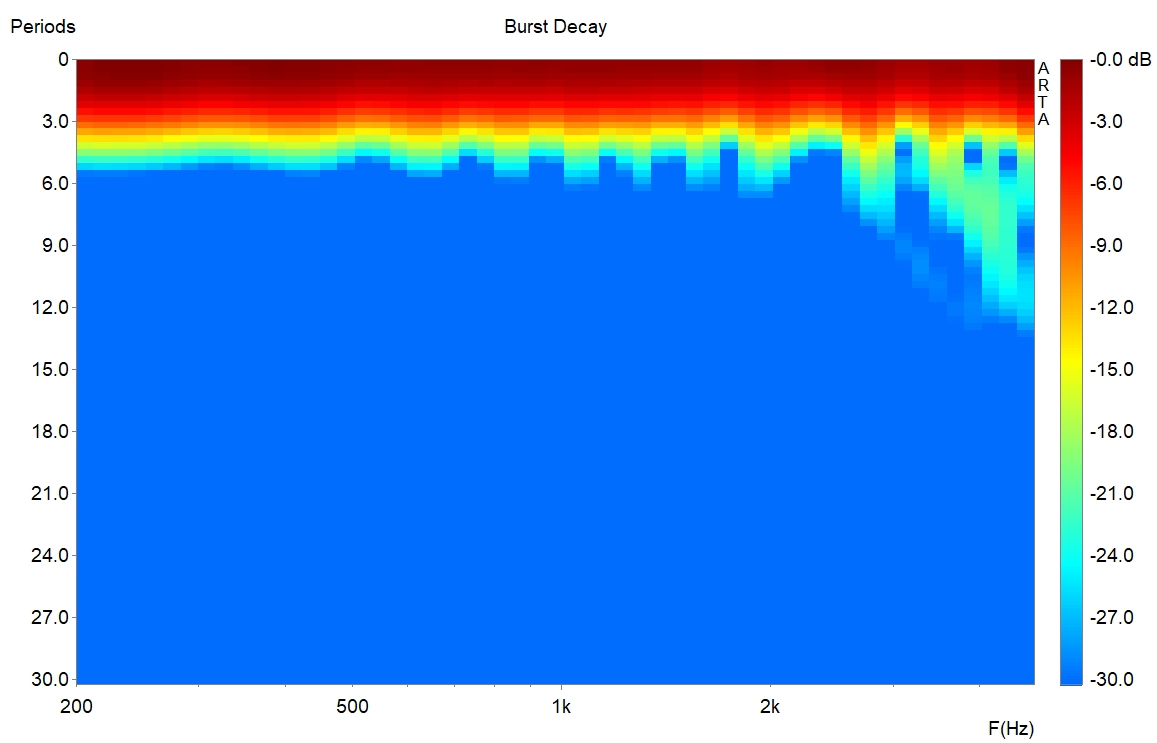
B&C 8MBX51
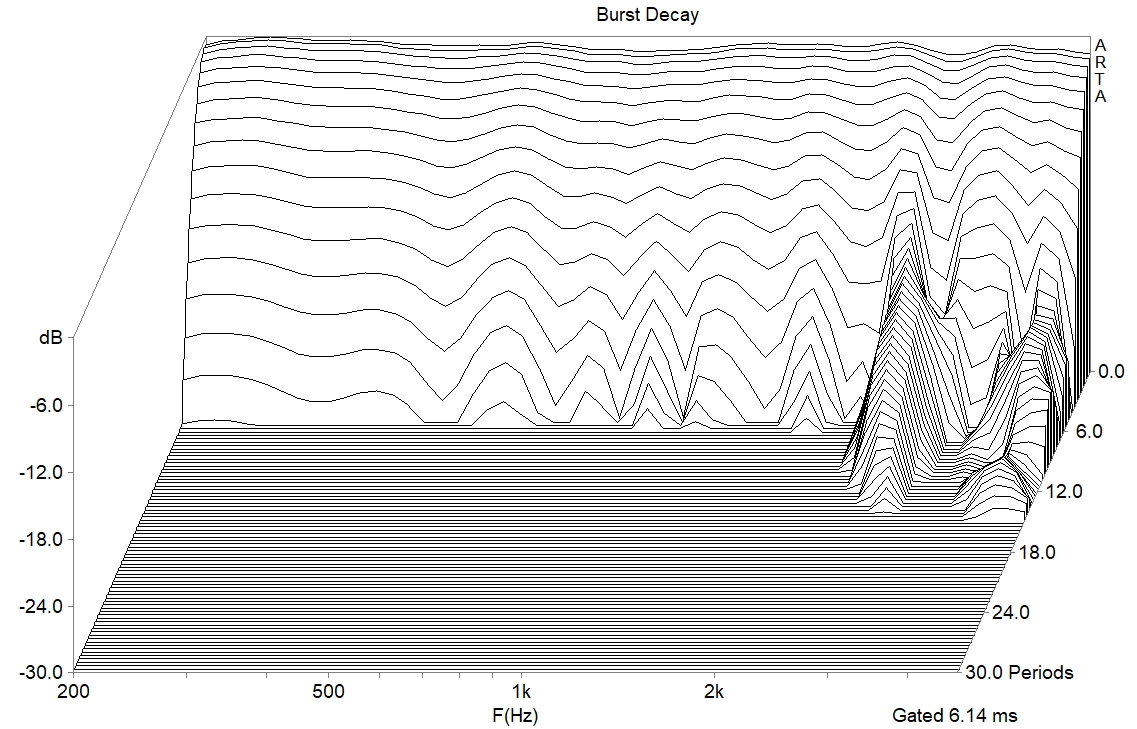
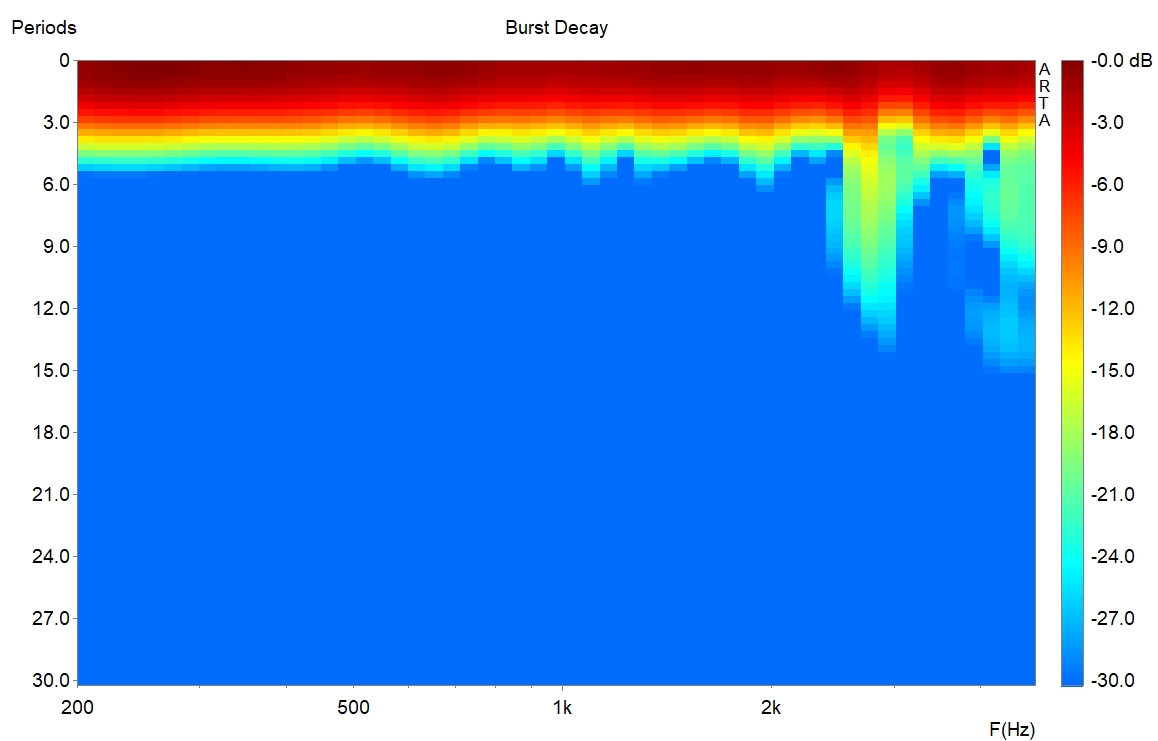
BMS 8S219
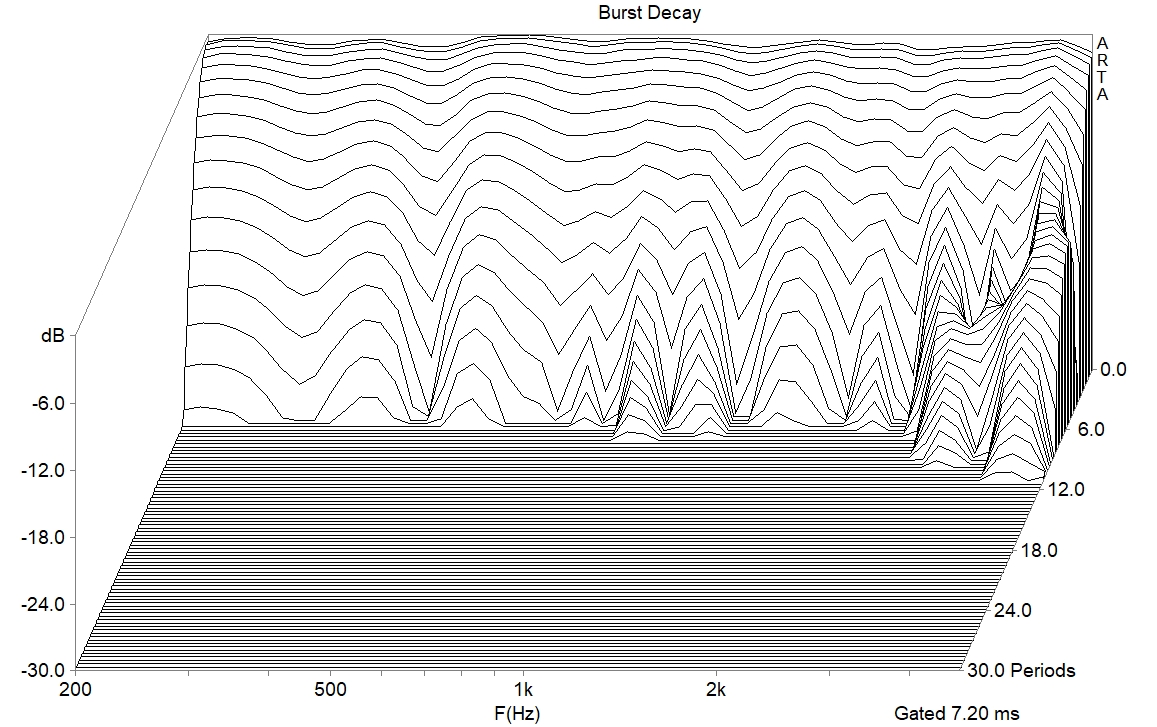
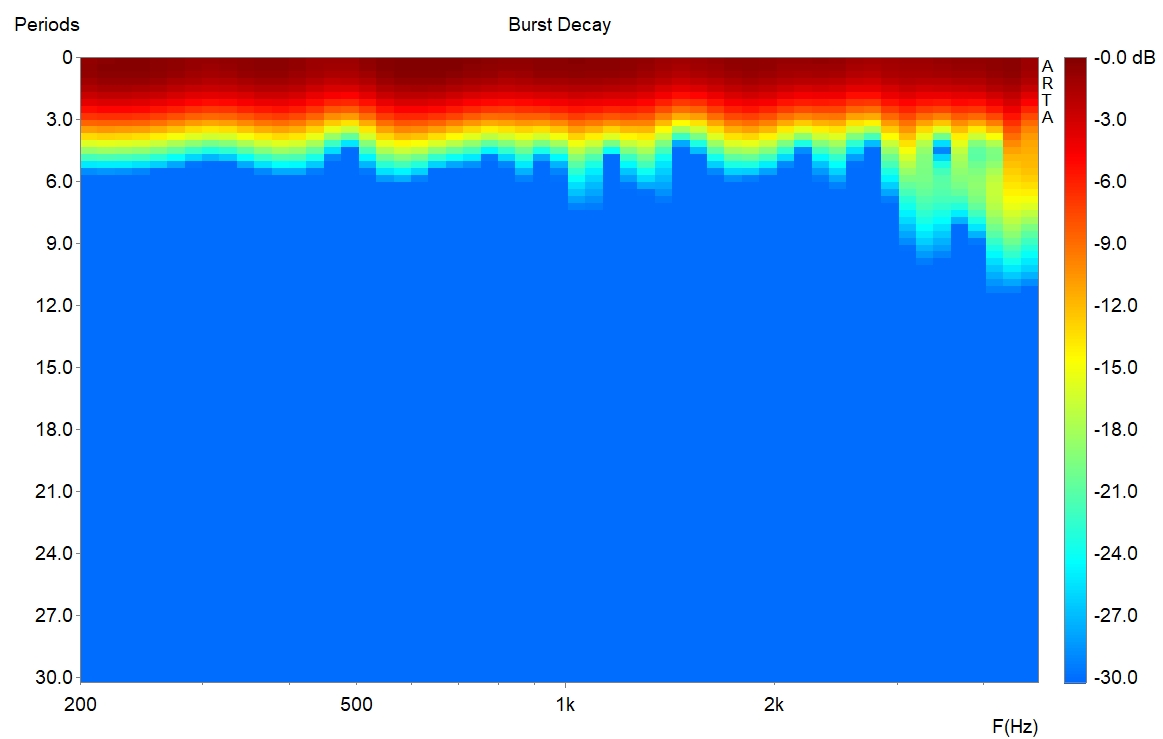
Conclusion
The 8NMB420 exhibits some counter-performance due to its significant cone breakup, but this will likely be noticeable at very high SPL.
The BMS 8S219 has a small spade in H3, hard to explain, not very noticeable. The BMS motor looks very evolved, but the speaker basket uses only four screws. That is a little bit optimistic for this kind of driver (8") design to play very loud, when it comes to high SPL usage, where vibration and airtightness become important.
Considering its price the B&C is very interesting, the B&C 8PE21 was already the best 8" medium for years and it seems B&C still have the lead in 8" medium, even if all drivers perform very well.
Important Note: All these drivers are considered as midrange-capable only. Even for the tests conducted, substantial low-end EQ was necessary to achieve a flat response. 200Hz already represents a very low frequency for these drivers.
Generally speaking, we can observe that this speaker allows for a high crossover frequency, enabling a good directivity match around 1400/1500Hz. However, in the midrange at 105 dB SPL, their performance is comparable to that of good 8" Hi-Fi speakers.
These filters, implemented using linear-phase (IIR filters), will influence both Group Delay and phase, allowing for their linearization in the low-frequency range.